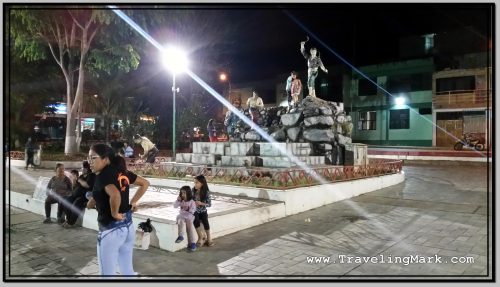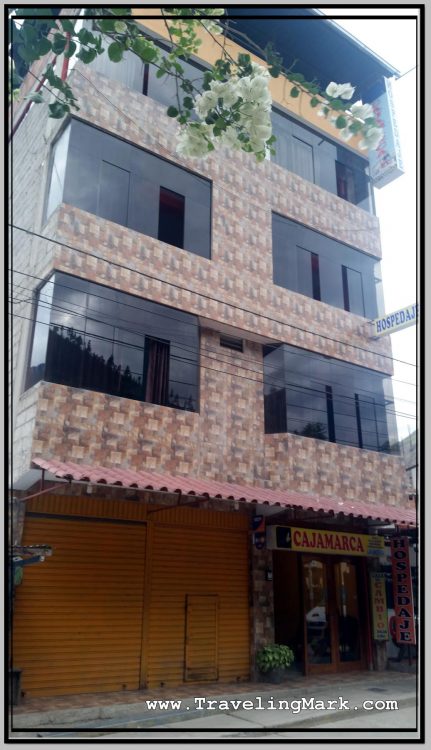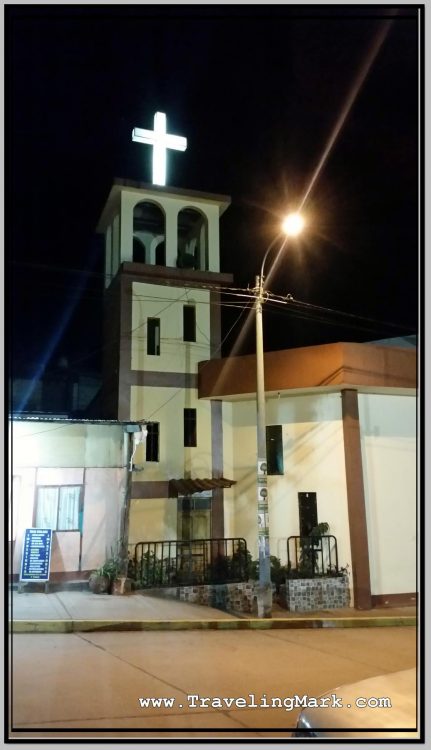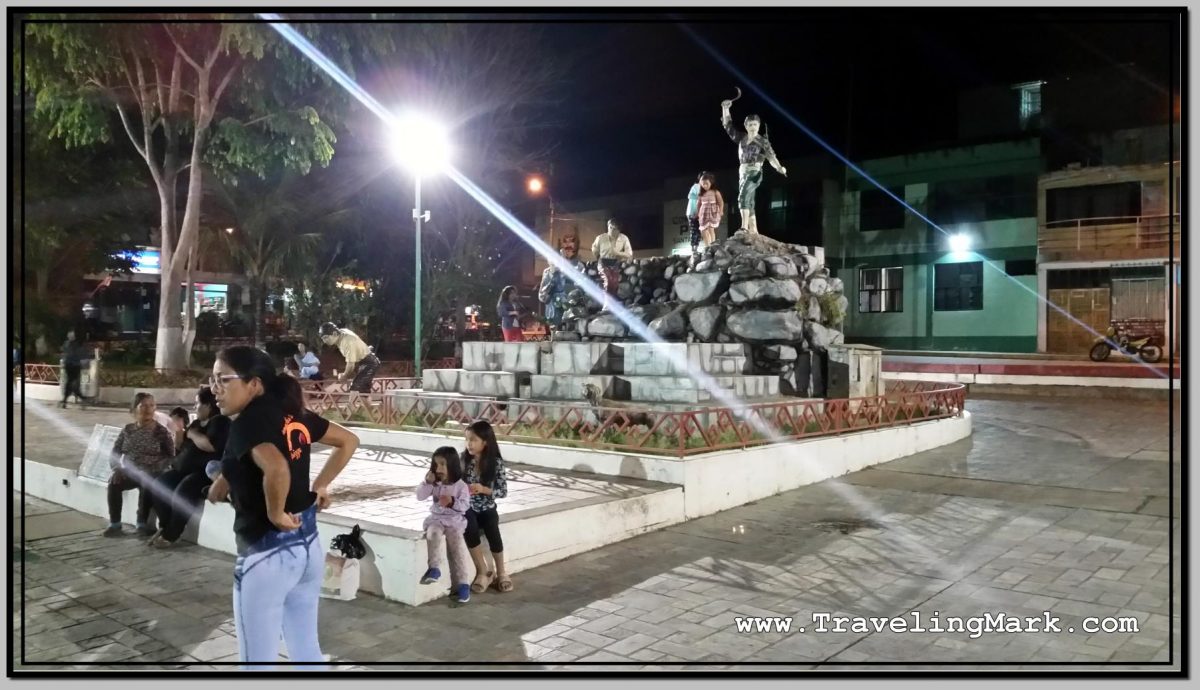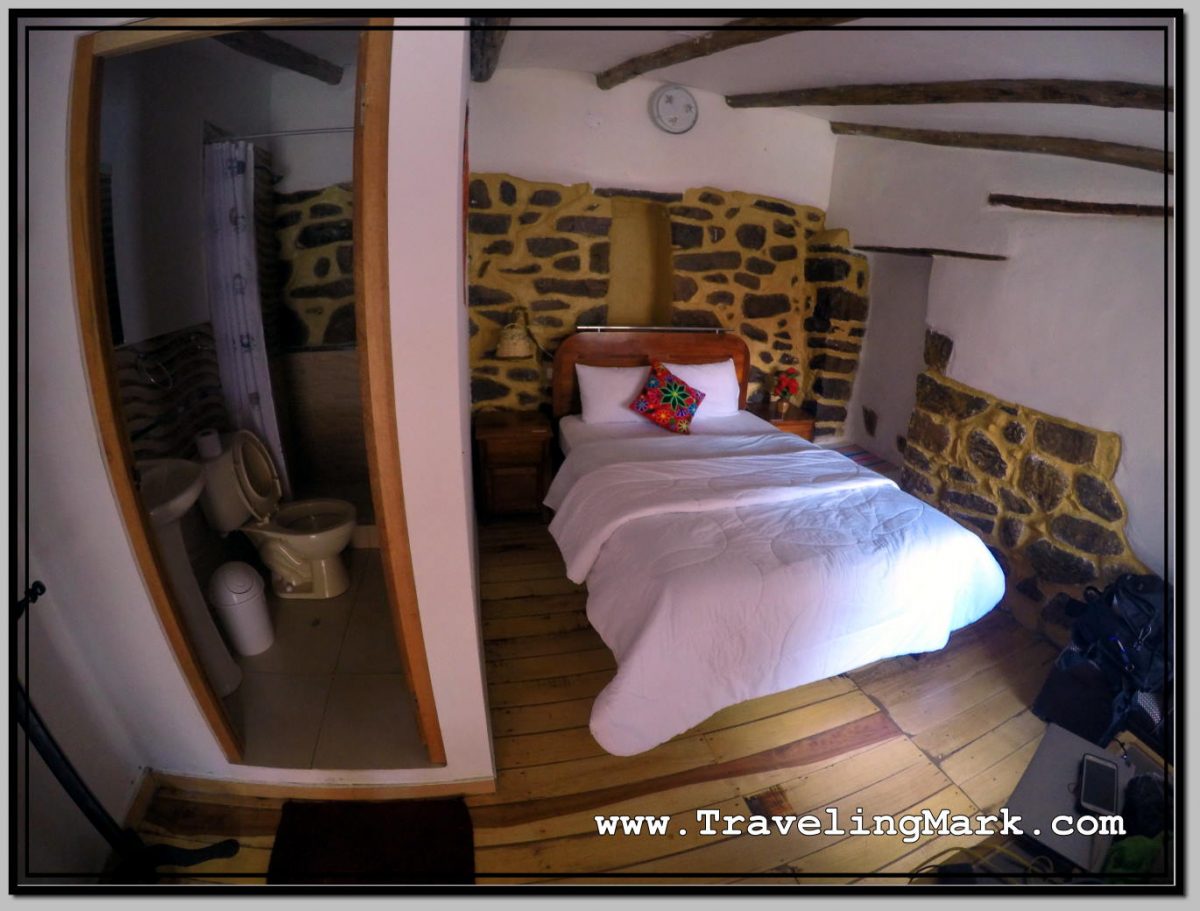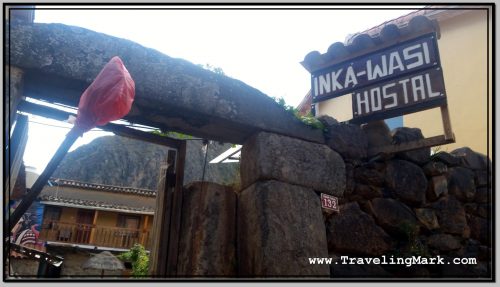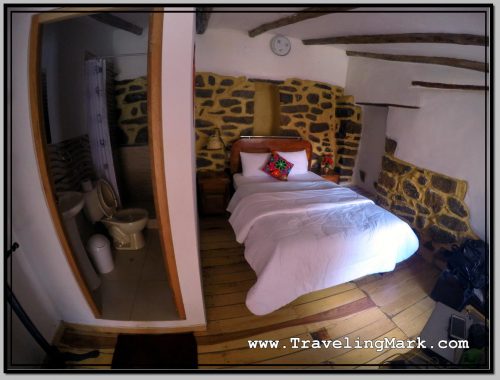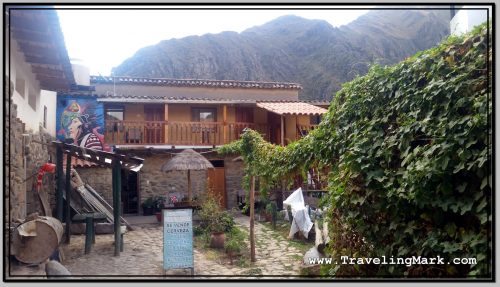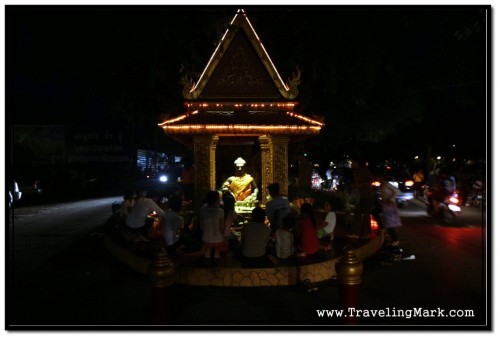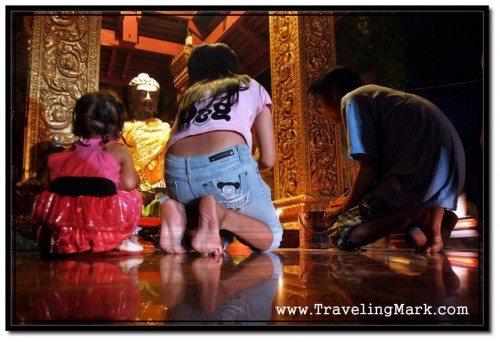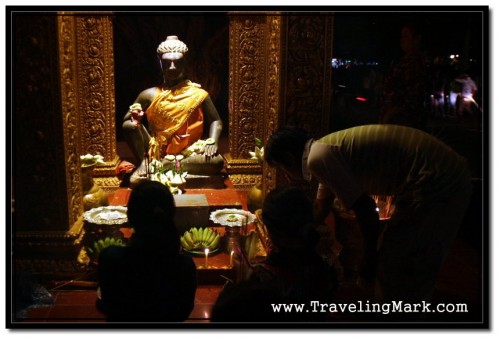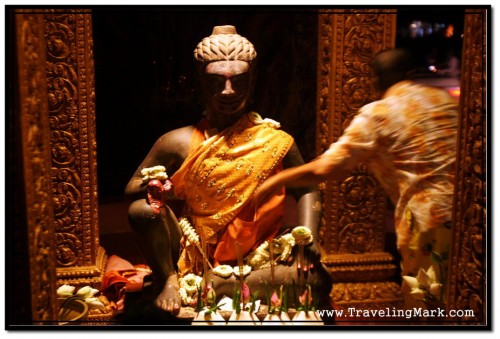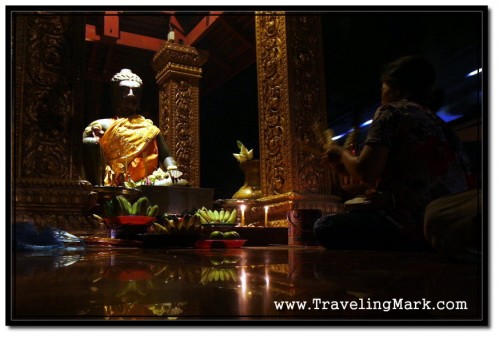Tuk Tuks represent the primary means of transportation for tourists visiting Cambodia. A Tuk Tuk is supposed to be a three wheeler, but the Cambodian version of it is a semi-enclosed trailer that’s rigged behind a motorcycle – often a moped. Tuk Tuk riding is inexpensive and widely available all over the place. It will likely be the most used, if not solely used means of transportation for vast majority of tourists visiting Cambodia.
I have made a reservation to stay at Two Dragons for a week after arrival to Cambodia and part of the deal was to provide free transport for me from the airport to the guesthouse. Most guesthouses and low to mid range hotels will offer free transport from the airport and this transport is basically always provided by Tuk Tuks. Unless you are staying in a high end hotel with rooms ranging in three digit numbers per night, in which case you will get a ride in a taxi (aka an actual car).
While Tuk Tuks are omnipresent, Taxis are virtually invisible in Cambodia. After a few weeks of living here I have not seen one, but I know they do exist. Upscale establishment offer taxi transportation for their patrons, but as average tourist, you will not see a single one.
My First Ride in Tuk Tuk
After I have gone through Cambodian immigration and got my Visa on Arrival I walked out of the Siem Reap International Airport and straight into the hands of vulture like locals. It was puring cats and dogs outside and it was dark so Tuk Tuk drivers were all over every tourist who stepped outside with offers to take care of their transport. I opened the door and got swarmed by money hungry Cambodians who are on an endless mission to squeeze as much out of every tourist as possible. People of Cambodia are impoverished so there are hardly any hard feelings, but as a savvy traveller who knows the drill, I respectfully ignored every single one of them. I did imagine ranks of unsavvy tourists walking out behind me – all vulnerable and lost in a new country. Many have surely fall victims to the schemes of these Tuk Tuk drivers who know every single trick which works on a tourist and utilize it without remorse.
I knew I had my ride arranged so for me it was only a question of ploughing through the crowds of money hungry locals and watching out for a paerson standing out there somewhere holding a sign with my name. He was all the way in the back and up to the last minute I had people breathing down my neck to get me take a ride with them. Not only would they want to overcharge a tourist for a ride to town, but they’d also want to take the tourist to a guesthouse or a hotel which pays them the highest commission (if you ask a Tuk Tuk driver to get you to the best place, they will only and solely take you to the place that pays them the most in commission fees for each paying customer. Never otherwise).
Riding Tuk Tuk in the Rain
Once I have tracked down the Tuk Tuk driver holding a sign with my name, I told him I was Mark and he ran to get his Tuk Tuk and park it by the side of the road where I was standing as it was still under the roof. Sky was truly pissing that rain down without any shame. My driver put on the helmet and a raincoat, hopped on his moped and pulled over by me. I sat inside the trailer which is not fully enclosed so the seat was partially wet and rain was pounding me from both sides, I sat my main bag on the wetter seat opposite of me and held my camera bag on my lap. We took off and rode through the dark. I was actually a lucky one being within that semi-enclosed trailed. Even though I still got rained on from the sides, I just thought of poor driver who was riding that Tuk Tuk unprotected, facing the rain form the seat of his motorcycle.
The ride from the airport to the guesthouse wasn’t long. About 10 minutes or so, suggesting that the airport is not far from Siem Reap at all. Tuk Tuks don’t ride too fast. It’s a bloody moped that can go at max maybe 40 or 50 km/h plus it has a trailer to haul so I doubt the speed was any higher than that.
By the time we made it to the Two Dragons Guesthouse, it was already past 11pm local time. The guesthouse was quiet, but I was expected. A girl who was waiting for me at the reception took me to my room and turned on the air-conditioning as it was hot. I must have looked tired as hell (and I was) because she said no more. She just looked at me and left to leave me alone so I can get some rest. There was always tomorrow to go through formalities.
Even though pick up from the airport was to be provided for free by Two Dragons guesthouse as I have made a reservation to stay at the establishment for a week, I gave my Tuk Tuk driver a mighty tip of $1. It may sound like a laughable amount to pay to someone for hassle of sitting on a motorcycle in heavy rain to drive my fat ass to a guesthouse, but it is not so in Cambodia. Mighty $1 bill can take care of one local family for a day.
My first Tuk Tuk ride and an initiation to Cambodia with proper down pour of rain was successfully concluded. Let the adventure begin.
